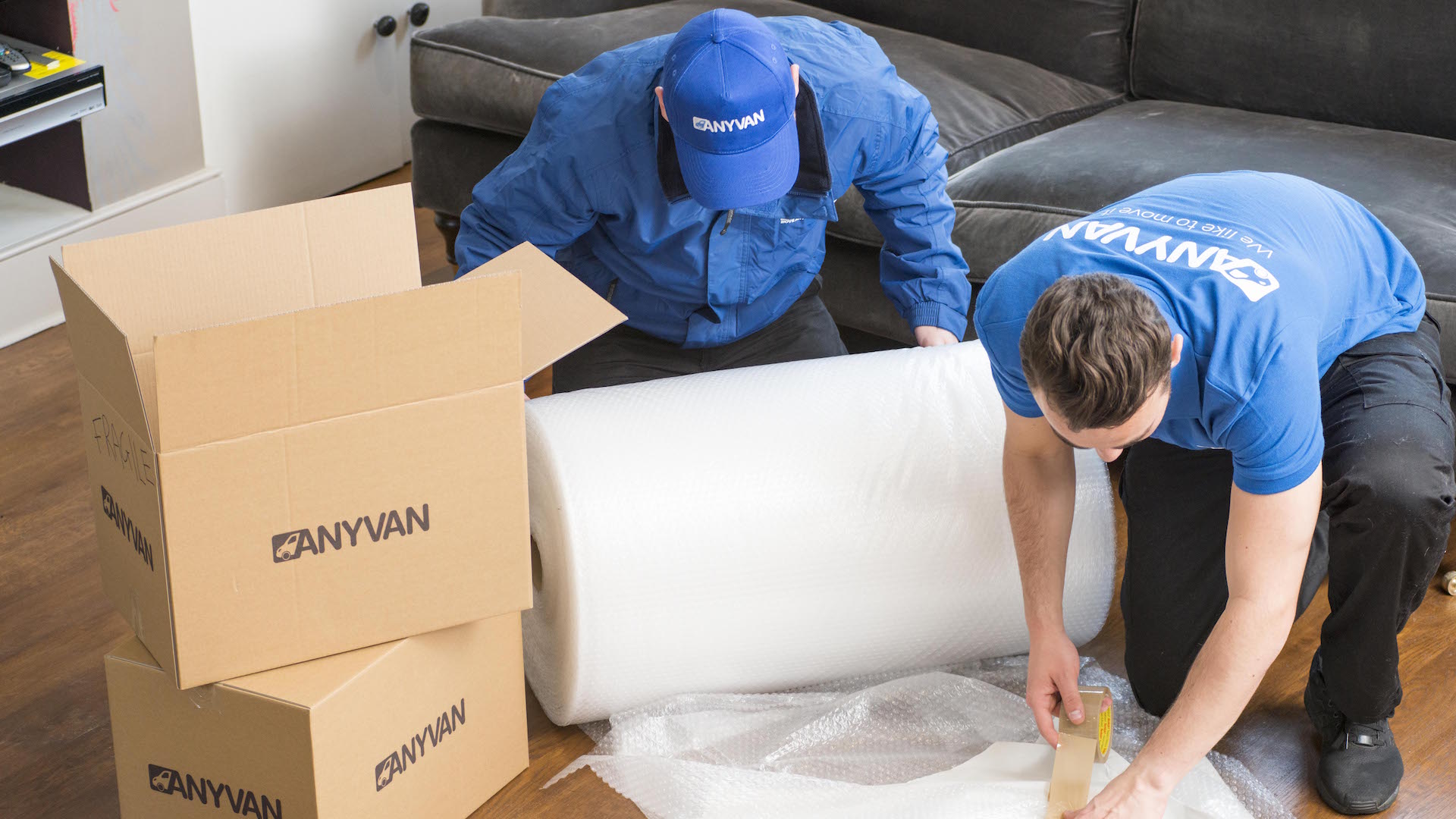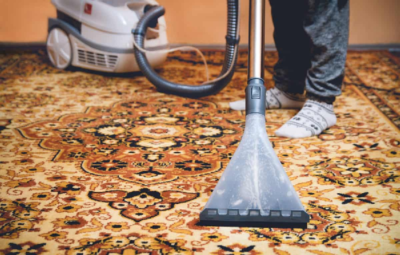Historical Use of Asbestos in Military Housing
Asbestos was widely used in military housing from the 1930s until the late 1970s. This material was favored for its fire-resistant properties and durability. Many military buildings, including barracks and family housing, contained asbestos in various forms. Key points include:
- Widespread Use: Asbestos was used in insulation, flooring, and roofing materials.
- Long-lasting Presence: Some military housing still contains asbestos, posing risks to current residents.
- Lack of Awareness: Many service members and their families were unaware of the dangers associated with asbestos.
Common Asbestos-Containing Materials in Military Homes
In military family housing, several materials are known to contain asbestos. These include:
- Insulation: Often found in walls and ceilings.
- Floor Tiles: Many older homes have vinyl floor tiles that may contain asbestos.
- Roofing Materials: Asbestos was used in some roofing products, making them hazardous when damaged.
Health Risks Associated with Asbestos Exposure
Exposure to asbestos can lead to serious health issues. The risks include:
- Mesothelioma: A rare and aggressive cancer linked to asbestos exposure.
- Lung Diseases: Chronic exposure can lead to lung scarring and other respiratory issues.
- Delayed Symptoms: Health problems may not appear until many years after exposure, making early detection difficult.
Identifying Asbestos in Military Family Housing
Signs of Asbestos in Your Home
Identifying asbestos in military family housing can be challenging. Here are some signs to look for:
- Age of the Building: Homes built before the 1980s are more likely to contain asbestos.
- Material Condition: If materials like insulation, tiles, or pipes are damaged or crumbling, they may release asbestos fibers.
- Unusual Textures: Textured ceilings or walls may contain asbestos, especially if they were applied before the 1980s.
Common Areas Where Asbestos is Found
Asbestos can be present in various parts of military housing. Common areas include:
- Insulation: Often found in attics, walls, and around pipes.
- Flooring: Vinyl tiles and the adhesive used to install them may contain asbestos.
- Ceilings: Popcorn ceilings or textured finishes may have asbestos.
Steps to Take if You Suspect Asbestos
If you think there might be asbestos in your home, follow these steps:
- Do Not Disturb: Avoid touching or disturbing suspected materials.
- Seek Professional Help: Contact a certified asbestos inspector to assess the situation.
- Follow Guidelines: If asbestos is confirmed, follow local regulations for safe removal or management.
Health Impacts of Asbestos Exposure on Veterans
Mesothelioma and Other Asbestos-Related Diseases
Asbestos exposure can lead to serious health issues for veterans. The most notable disease linked to asbestos is mesothelioma, a rare and aggressive cancer. Other diseases include:
- Asbestosis: A chronic lung condition caused by inhaling asbestos fibers.
- Lung Cancer: Increased risk for veterans exposed to asbestos compared to the general population.
Symptoms to Watch For
Veterans should be aware of symptoms that may indicate asbestos-related diseases. Common symptoms include:
- Persistent cough: A cough that doesn’t go away or worsens over time.
- Shortness of breath: Difficulty breathing, especially during physical activity.
- Chest pain: Discomfort or pain in the chest area.
Long-Term Health Monitoring for Veterans
Due to the long latency period of asbestos-related diseases, veterans should consider regular health check-ups. Important steps include:
- Annual screenings: Regular lung cancer screenings can help catch issues early.
- Consulting healthcare providers: Discuss any history of asbestos exposure with doctors.
- Keeping records: Maintain documentation of military service and any related health issues.
Preventing Asbestos Exposure in Military Housing
Safety Measures for Military Families
To keep military families safe from asbestos, it’s important to follow certain safety measures:
- Stay Informed: Always be aware of the potential presence of asbestos in older military housing.
- Regular Inspections: Schedule regular checks of your home for any signs of asbestos, especially if renovations are planned.
- Use Professionals: Hire certified professionals for any repairs or renovations to ensure safe handling of materials.
Proper Maintenance and Renovation Practices
When maintaining or renovating military housing, consider these practices:
- Avoid Disturbing Materials: Do not disturb any materials that may contain asbestos unless you are sure they are safe to handle.
- Seal Off Areas: If asbestos is found, seal off the area to prevent fibers from spreading.
- Follow Guidelines: Always follow local and federal guidelines for asbestos management during renovations.
Government Regulations and Guidelines
The government has set rules to protect families from asbestos exposure:
- Asbestos Management Plans: Military housing should have clear plans for managing asbestos safely.
- Notification Requirements: Residents must be informed about the presence of asbestos in their homes.
- Regular Training: Military personnel should receive training on how to handle asbestos safely and recognize potential hazards.
Support and Resources for Affected Veterans
VA Benefits and Compensation
Veterans who have been exposed to asbestos may qualify for various benefits. Here are some key points to consider:
- Disability Compensation: Veterans can receive monthly payments if they have health issues related to asbestos exposure.
- Health Care Services: The VA provides medical care for veterans suffering from asbestos-related diseases.
- Pension Benefits: Some veterans may be eligible for pension benefits based on their financial needs.
Legal Options for Veterans
Veterans have several legal avenues to explore if they have been affected by asbestos exposure:
- Filing a Claim: Veterans can file claims for compensation against companies responsible for asbestos products.
- Trust Fund Claims: Many asbestos companies have set up trust funds to compensate victims.
- Personal Injury Lawsuits: Veterans may pursue lawsuits for damages related to their exposure and health issues.
Support Groups and Counseling Services
Connecting with others can be vital for veterans dealing with asbestos-related health issues. Consider these resources:
- Support Groups: Many organizations offer support groups for veterans and their families.
- Counseling Services: Professional counseling can help veterans cope with the emotional impact of their diagnosis.
- Veteran Organizations: Groups like the American Legion and VFW provide resources and support for affected veterans.
Secondhand Asbestos Exposure in Military Families
How Secondhand Exposure Occurs
Secondhand asbestos exposure can happen when family members come into contact with asbestos fibers brought home by service members. This can occur in several ways:
- Work Clothes: Service members may carry asbestos fibers on their uniforms or work clothes.
- Personal Items: Tools and equipment used by service members can also harbor asbestos dust.
- Home Environment: Asbestos fibers can settle in the home, especially if the service member worked in areas with high asbestos use.
Risks to Family Members
Family members of veterans are at risk of developing health issues due to secondhand exposure. Some potential risks include:
- Inhalation of Fibers: Breathing in asbestos fibers can lead to serious health problems.
- Long-Term Health Effects: Just like veterans, family members may face long-term health issues, including lung diseases.
- Increased Cancer Risk: Exposure can increase the risk of cancers related to asbestos, such as mesothelioma.
Protective Measures for Families
To reduce the risk of secondhand exposure, families can take several steps:
- Regular Cleaning: Keep the home clean and free of dust, especially in areas where service members spend time.
- Wash Work Clothes Separately: Always wash work clothes separately from other laundry to avoid cross-contamination.
- Educate Family Members: Make sure all family members understand the risks of asbestos and how to minimize exposure.
Case Studies of Asbestos Exposure in Military Housing
Notable Cases and Their Outcomes
- S. Army Garrison Humphreys (Republic of Korea): Investigations revealed significant asbestos presence, leading to health concerns for families living there.
- Naval Station at Guantanamo Bay (Cuba): Residents reported symptoms linked to asbestos exposure, prompting further studies on housing safety.
- Wright-Patterson Air Force Base (Dayton, Ohio): A lack of record-keeping about asbestos materials was found, raising alarms about potential risks to families.
Lessons Learned from Past Exposures
- Importance of Record-Keeping: Accurate documentation of asbestos materials is crucial for ensuring safety and health.
- Need for Transparency: Residents must be informed about asbestos risks to take necessary precautions.
- Long-Term Monitoring: Continuous health assessments for affected individuals can help in early detection of asbestos-related diseases.
Ongoing Investigations and Research
- Health Studies: Ongoing research aims to understand the long-term effects of asbestos exposure on military families.
- Policy Reviews: Investigations are prompting reviews of safety policies in military housing to prevent future exposure.
- Community Engagement: Involving families in discussions about asbestos risks is essential for better awareness and safety measures.
Government and Military Response to Asbestos Risks
Historical Response to Asbestos in Military Housing
The military has a long history of using asbestos in various construction materials. Recognizing the dangers, several actions have been taken:
- Regulations: In the 1970s, the Environmental Protection Agency (EPA) began to limit the use of asbestos due to health concerns.
- Removal Programs: The military initiated programs to remove asbestos from buildings and ships, especially after discovering its harmful effects.
- Awareness Campaigns: Efforts have been made to educate service members about the risks associated with asbestos exposure.
Recent Policy Changes and Improvements
In recent years, the military has made strides to improve safety regarding asbestos:
- Asbestos Management Programs: The Army launched the Installation Asbestos Management Program to protect service members from exposure.
- Health Monitoring: Regular health checks for veterans have been implemented to catch any asbestos-related diseases early.
- Improved Record-Keeping: Better documentation of asbestos use in military housing has been established to ensure transparency and safety.
Future Plans for Asbestos Management
Looking ahead, the military aims to further reduce asbestos risks:
- Continued Removal: Ongoing efforts to remove remaining asbestos from military housing and facilities.
- Training Programs: Enhanced training for military personnel on how to handle materials that may contain asbestos safely.
- Research Initiatives: Support for research into safer alternatives to asbestos and better health monitoring techniques for veterans.
Legal and Financial Assistance for Veterans
Filing for VA Benefits
Veterans who have been diagnosed with asbestos-related diseases can apply for benefits through the Department of Veterans Affairs (VA). To qualify, they need to provide:
- Proof of military service, including dates and locations.
- Documentation of their job or role in the military.
- A medical report linking their condition to their service.
Accessing Asbestos Trust Funds
If veterans are unable to get VA benefits, they can seek compensation from asbestos trust funds. These funds were created by companies that went bankrupt due to asbestos claims. Veterans can:
- File a claim against the trust fund.
- Provide necessary medical and service records.
- Receive compensation for medical expenses and other costs.
Pursuing Legal Claims Against Manufacturers
Veterans may also consider legal action against companies that produced or used asbestos. This can include:
- Filing a personal injury lawsuit for damages related to their illness.
- Seeking compensation for lost wages and medical bills.
- If a veteran has passed away due to an asbestos-related disease, family members can file a wrongful death claim.
These legal options can help veterans and their families manage the financial burden caused by asbestos exposure.
Educational Programs on Asbestos Awareness
Training for Military Personnel
Military personnel need to be well-informed about asbestos risks. Training programs should include:
- Understanding Asbestos: What it is and where it can be found.
- Health Risks: Information on diseases caused by asbestos exposure.
- Safety Protocols: Guidelines on how to handle materials that may contain asbestos.
Awareness Campaigns for Military Families
Families of military personnel should also be educated about asbestos. Campaigns can focus on:
- Identifying Asbestos: How to spot potential asbestos in homes.
- Health Monitoring: Importance of regular health check-ups for early detection of asbestos-related diseases.
- Community Resources: Information on local resources for support and assistance.
Educational Resources and Materials
Providing accessible materials is crucial. Resources may include:
- Brochures and Flyers: Easy-to-read materials that explain asbestos risks and safety measures.
- Workshops and Seminars: Interactive sessions to engage families and personnel in learning.
- Online Resources: Websites and videos that offer information on asbestos awareness and safety.
The Role of Advocacy Groups in Protecting Veterans
Key Advocacy Organizations
Advocacy groups play a crucial role in supporting veterans affected by asbestos exposure. Some of the key organizations include:
- Mesothelioma Veterans Center: Provides resources and assistance for veterans diagnosed with asbestos-related diseases.
- Veterans of Foreign Wars (VFW): Offers support and advocacy for veterans, including those affected by asbestos.
- American Legion: Engages in legislative efforts to improve benefits and care for veterans.
How Advocacy Groups Support Veterans
These organizations help veterans in various ways:
- Information and Resources: They provide vital information about asbestos exposure and related health risks.
- Legal Assistance: Many groups offer legal support to help veterans file claims for benefits or pursue lawsuits against responsible parties.
- Health Care Guidance: They assist veterans in navigating the healthcare system to access necessary treatments.
Success Stories and Advocacy Achievements
Advocacy groups have made significant strides in protecting veterans:
- Increased Awareness: They have raised awareness about the dangers of asbestos, leading to better safety regulations.
- Legislative Changes: Their efforts have resulted in improved policies and benefits for veterans exposed to asbestos.
- Support Networks: They have established support networks that connect veterans with similar experiences, fostering community and shared resources.






